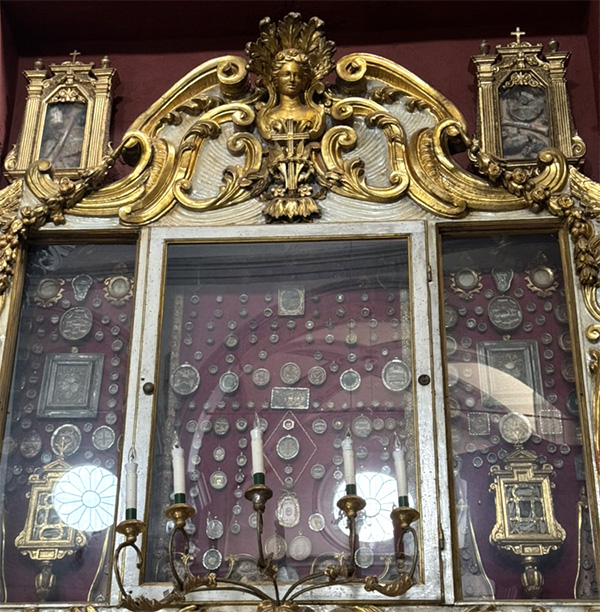
The dissemination of Christian relics by the Vatican and the Catholic Church has been crucial in developing Christian worship and devotion throughout history. Among the most revered relics are those associated with the Passion of Christ, particularly the relics of the True Cross. The story of these relics begins with St. Helena, the mother of Emperor Constantine, who is credited with discovering the True Cross in the early 4th century.
St. Helena embarked on a pilgrimage to the Holy Land around 326 CE. According to tradition, she discovered the True Cross, the very wood on which Jesus was crucified, during an excavation in Jerusalem. This discovery was monumental for early Christianity, as the cross was seen as the most potent symbol of Christ's sacrifice and victory over death. Alongside the True Cross, other relics associated with the Passion of Christ, such as the nails used in the crucifixion and the Crown of Thorns, were reportedly found.
Upon discovering these sacred items, St. Helena and her son Constantine began distributing fragments of the True Cross and other relics to various churches throughout the Roman Empire. The largest portion of the True Cross was enshrined in the Church of the Holy Sepulchre in Jerusalem, which was constructed at Constantine's behest. Smaller fragments were sent to key centers of Christianity, including Rome and Constantinople, where they were venerated by the faithful.
The distribution and veneration of these relics were not only acts of devotion but also served as a means of solidifying the power and influence of the Church. Possession of such relics was believed to confer spiritual authority and protection, and they became powerful tools in the establishment and expansion of Christian communities. Churches and monasteries that housed relics became pilgrimage sites, attracting the faithful from near and far, thereby fostering the spread of Christianity.
During the medieval period, the Catholic Church continued to play a central role in the dissemination of relics. The Vatican oversaw the authentication and distribution of these sacred objects, ensuring their prominence in Christian worship. The veneration of relics, especially those associated with the Passion of Christ, became deeply ingrained in the liturgical and devotional life of the Church. Pilgrimages to sites housing these relics, such as the Holy Sepulchre in Jerusalem, St. Peter's Basilica in Rome, and Notre-Dame de Paris, where the Crown of Thorns was kept, became popular religious practices.
However, the proliferation of relics also led to controversy, particularly during the Reformation. Protestant reformers criticized the Catholic Church for the commercialization of relics, arguing that the trade in relics had led to corruption and idolatry. Despite this, the Catholic Church continued to uphold the veneration of relics, reaffirming their importance at the Council of Trent in the mid-16th century.
Today, the Vatican remains the custodian of numerous Christian relics, including those associated with the Passion. The True Cross and other relics continue to be venerated by Catholics worldwide, serving as tangible connections to the events of Christ's life and death. These relics, distributed over centuries, have helped shape Christian devotion and the Church's global influence, underscoring their enduring significance in the spiritual life of the faithful.





 Поменять язык на русский
Поменять язык на русский 